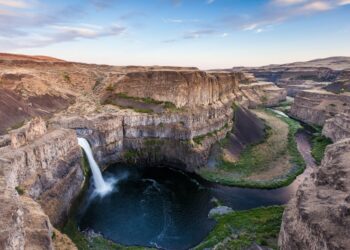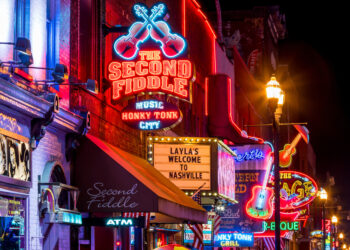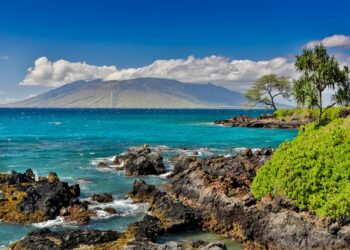Saint Paul
A short history of Saint Paul
Saint Paul, the capital city of Minnesota, is an embodiment of rich history. Established near the confluence of the Mississippi and Minnesota rivers, it was originally a trading center for Native Americans. It first gained prominence in the early 19th century as a hub for fur trade. Its location made it a strategic hub for transportation and trade, paving the way for its growth.
The city was named Saint Paul after the first church established in the city, Saint Paul's Chapel. Over the years, the city grew rapidly due to its expanding trade and transport sectors. Saint Paul officially became the state capital when Minnesota joined the union in 1858. The city's history is deeply intertwined with that of the railroad, which brought an influx of immigrants, contributing to its vibrant culture and diversity. The city is also known for its role in the American civil rights movement in the mid-20th century.
FAQ for Saint Paul
What is the best way to get there?
The best way to reach Saint Paul is through the Minneapolis-Saint Paul International Airport, which serves several domestic and international flights. The city is also accessible by road and rail.
What is Saint Paul famous for?
Saint Paul is famous for its historical sites, the Minnesota State Fair, Saint Paul Winter Carnival, and the Science Museum of Minnesota.
What are five interesting facts about Saint Paul?
1. Saint Paul is the second-most populous city in Minnesota.
2. It is the birthplace of the famous American author F. Scott Fitzgerald.
3. The city's Xcel Energy Center is home to the Minnesota Wild of the National Hockey League.
4. Saint Paul was a notorious haven for gangsters during the Prohibition era.
5. The city is known for its high number of parks and green spaces.
How did Saint Paul get its name?
Saint Paul got its name from the first church established in the area, Saint Paul's Chapel.
What are some travel tips for Saint Paul?
Plan your trip around local events, use public transportation to get around, explore the local food scene, and respect local customs and laws.
Do I need a visa?
If you're not a US citizen, you may need a visa to travel to the United States, depending on your country of origin. Check with your local US embassy or consulate for specific requirements.
When is the best time to visit Saint Paul?
The best time to visit Saint Paul is from May to September when the weather is mild and most local events take place.
Are there local customs I should know for Saint Paul?
Drinking: The legal drinking age is 21.
Greetings: Handshakes are common in professional settings.
Public transit: Be mindful of others' personal space on public transit.
What is the time zone for Saint Paul?
Saint Paul is in the Central Standard Time (CST) zone.
What are the voltage/plug types?
The US uses Type A and Type B plugs, and the standard voltage is 120 V.
What is the currency?
The currency used is the US Dollar (USD).
Are ATMs readily accessible?
Yes, ATMs are widely available in Saint Paul.
Are credit cards widely accepted?
Yes, most businesses in Saint Paul accept major credit cards.
Can you use ApplePay and Google Pay?
Yes, many businesses in Saint Paul accept mobile payment systems like ApplePay and Google Pay.
How much do I tip in Saint Paul?
Tipping: A tip of 15-20% is standard in restaurants and bars.
Hotels: It is customary to tip $1-2 per bag to bellhops and $2-5 per day to housekeeping.
Taxis: Tips of 10-20% are expected.
Tour guides: A tip of 10-20% is customary, depending on the quality of the tour.
Accommodation in Saint Paul
Check out these deals
Find accommodation using map
City Information for Saint Paul
| City Founded | Population (2022) | Elevation |
|---|---|---|
| 1841 | 303,176 (source) | 699 ft (213 m) |
Average temperatures for Saint Paul
| Season/Month | High (°C/°F) | Low (°C/°F) |
|---|---|---|
| Winter (Dec-Feb) | -1°C / 30°F | -13°C / 9°F |
| Spring (Mar-May) | 17°C / 62°F | 4°C / 39°F |
| Summer (Jun-Aug) | 28°C / 82°F | 16°C / 61°F |
| Fall (Sep-Nov) | 15°C / 59°F | 6°C / 43°F |



